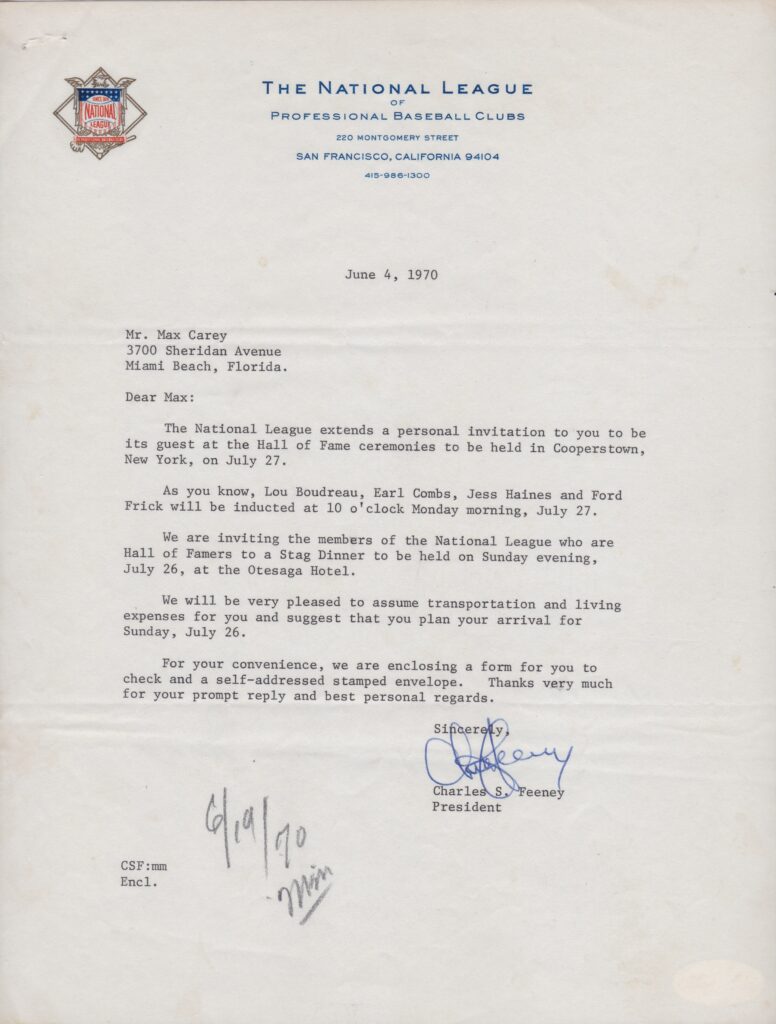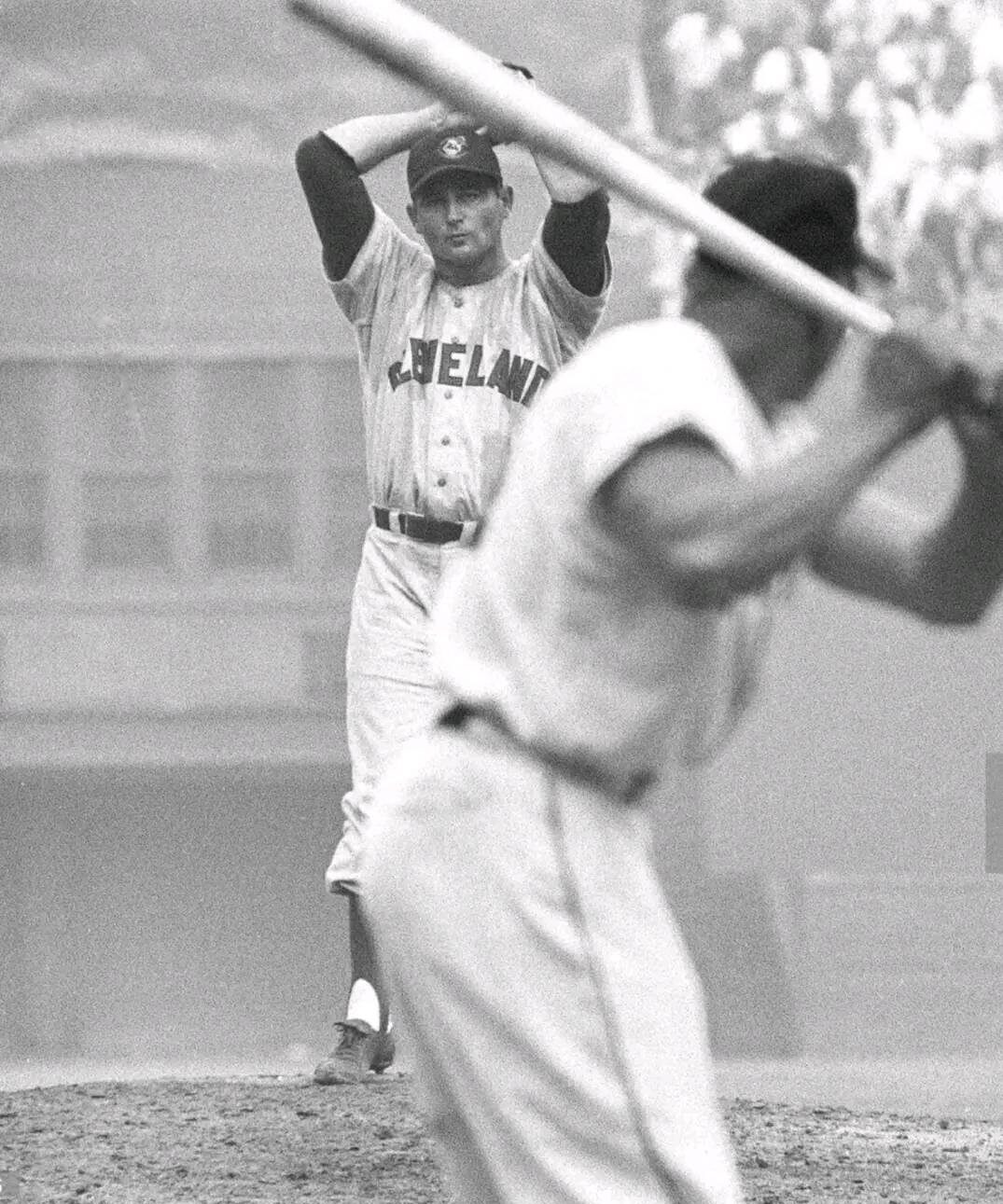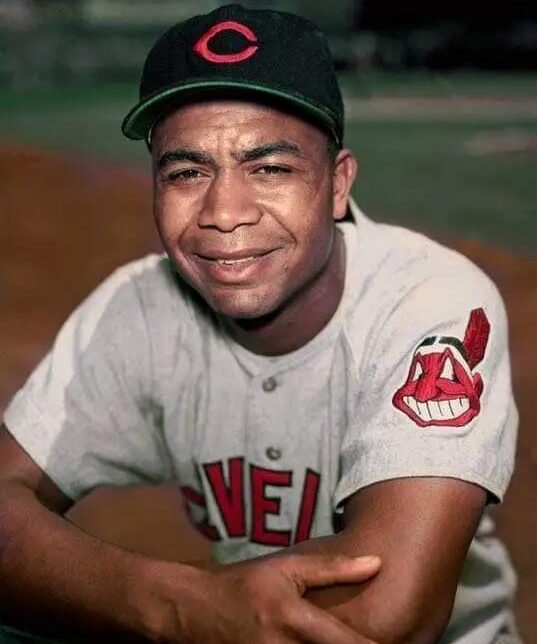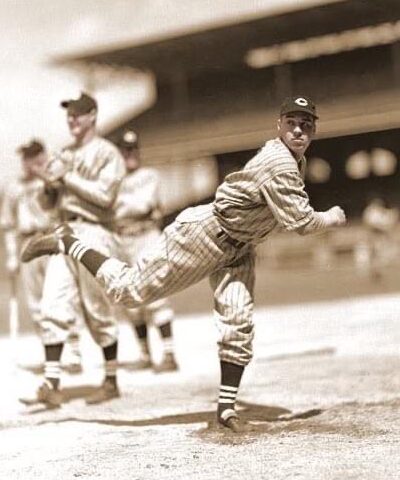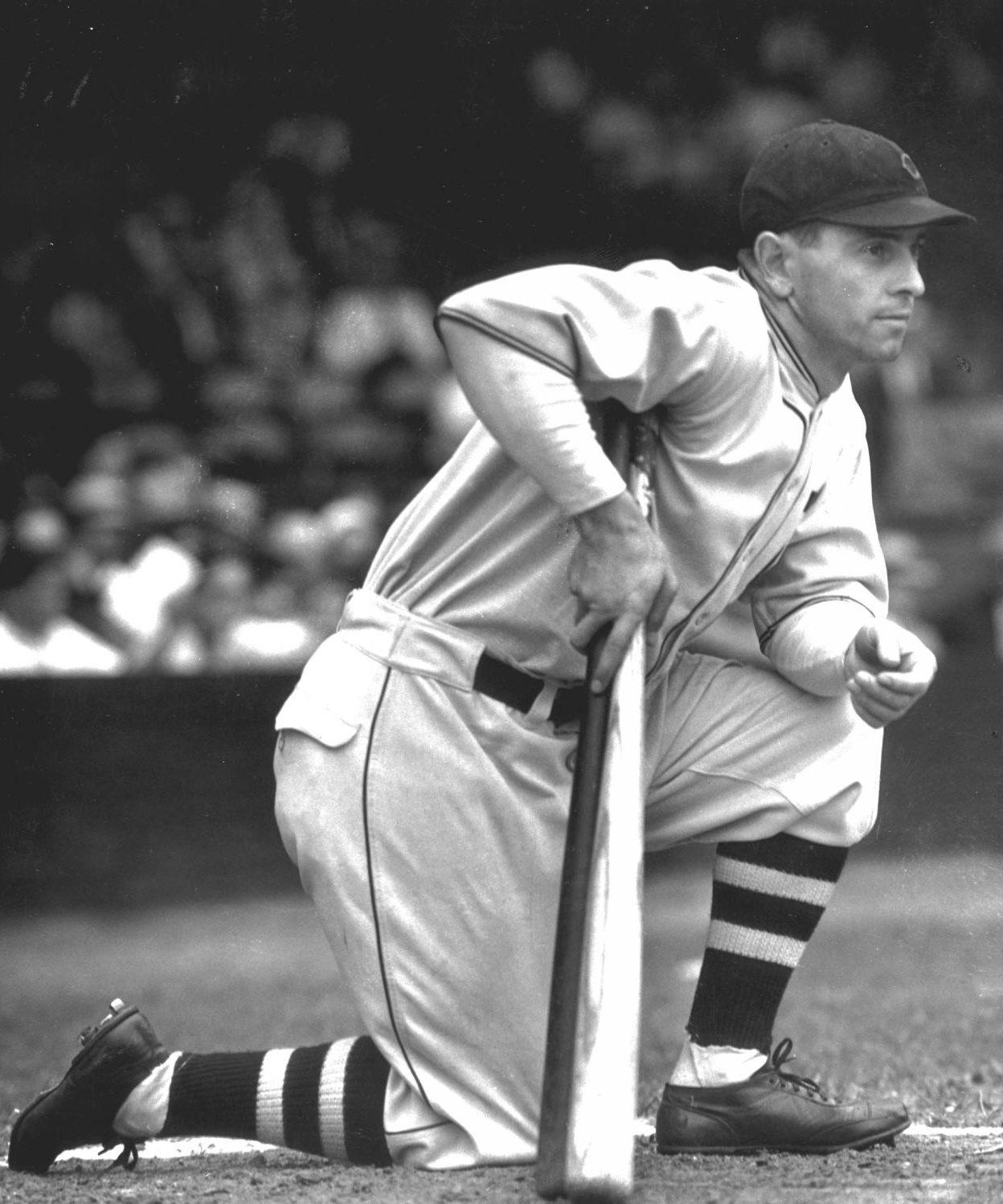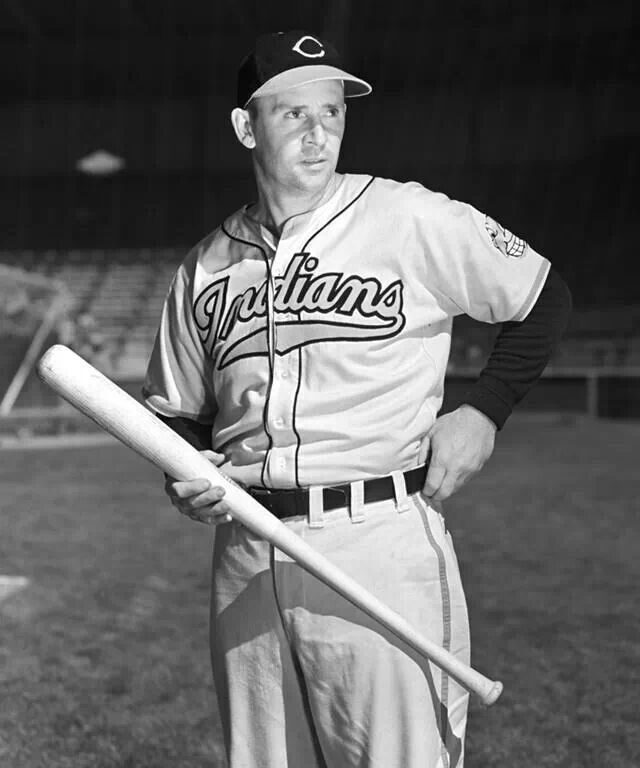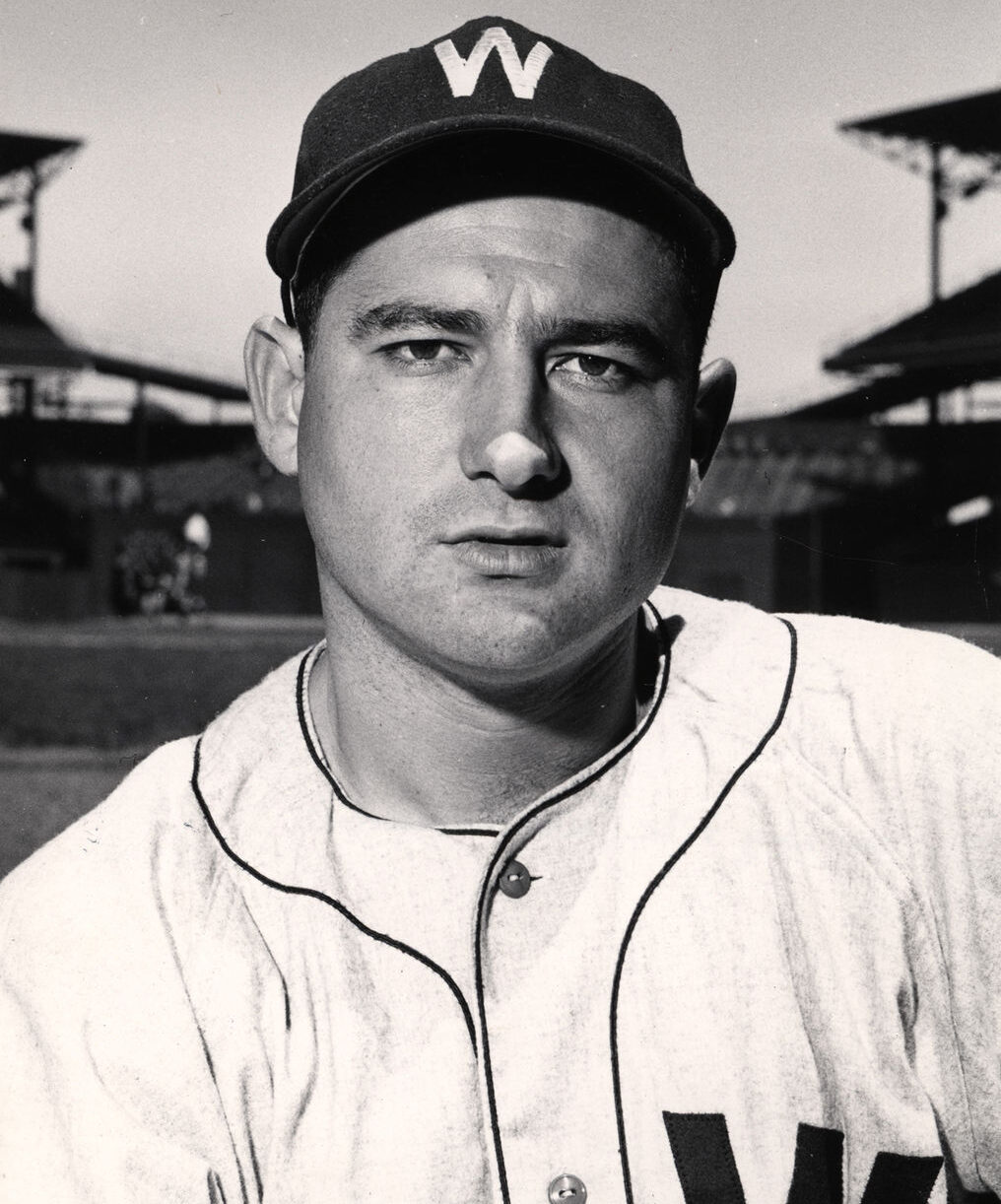Lou Boudreau
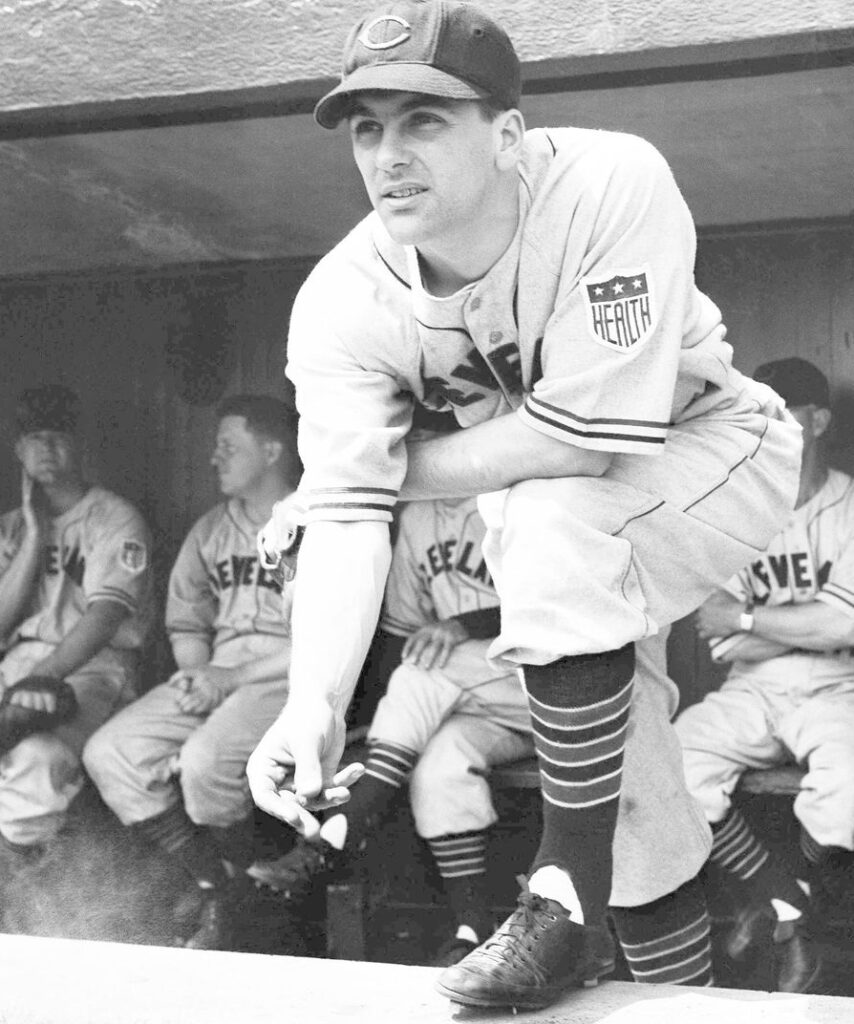
| Birthdate | 7/17/1917 |
| Death Date | 8/10/2001 |
| Debut Year | 1938 |
| Year of Induction | 1970 |
| Teams | Athletics, Cubs, Indians, Red Sox |
| Positions | Manager, Shortstop |
The last time the Cleveland Indians won the World Series was in 1948; Lou Boudreau was their player-manager and the AL’s Most Valuable Player.
Leave a commentIn the collection:
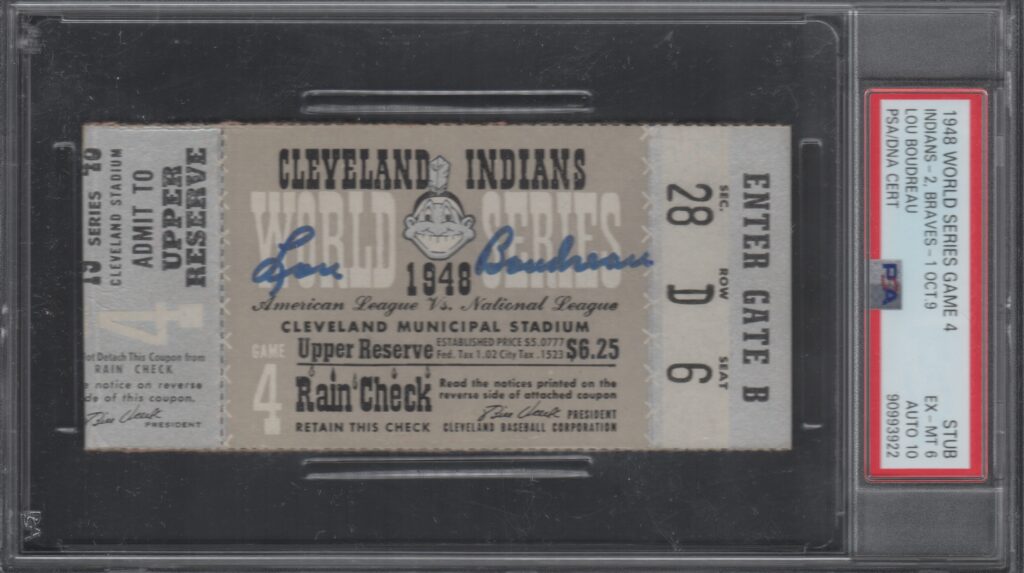
Boudreau's finest season came as 1948 AL MVP and player/manager champion Indians
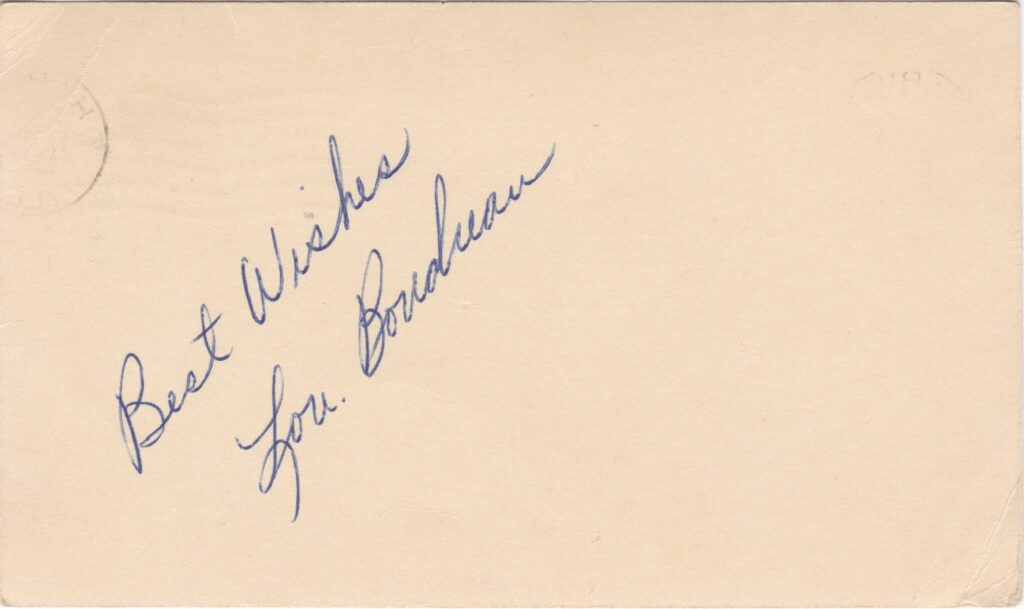
Boudreau received votes in MVP balloting every single season during the 1940s
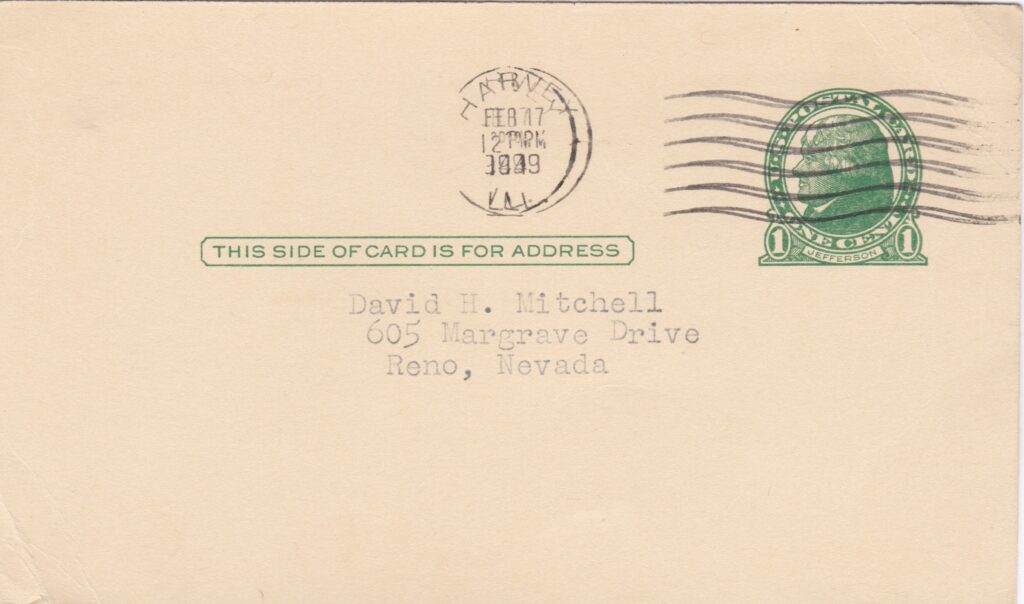
When the 1940s ended, so did Lou Boudreau's time as an everyday player
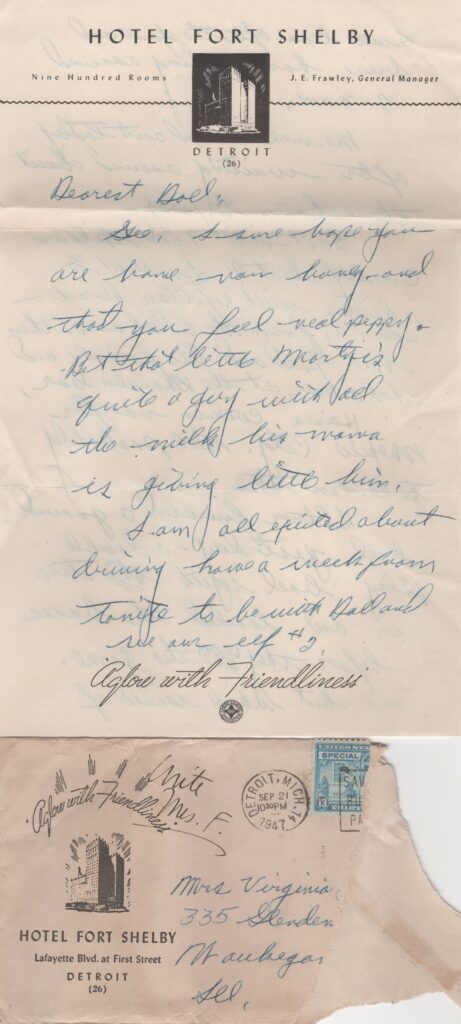
Lou Boudreau began his managerial career at age 24 with the Indians
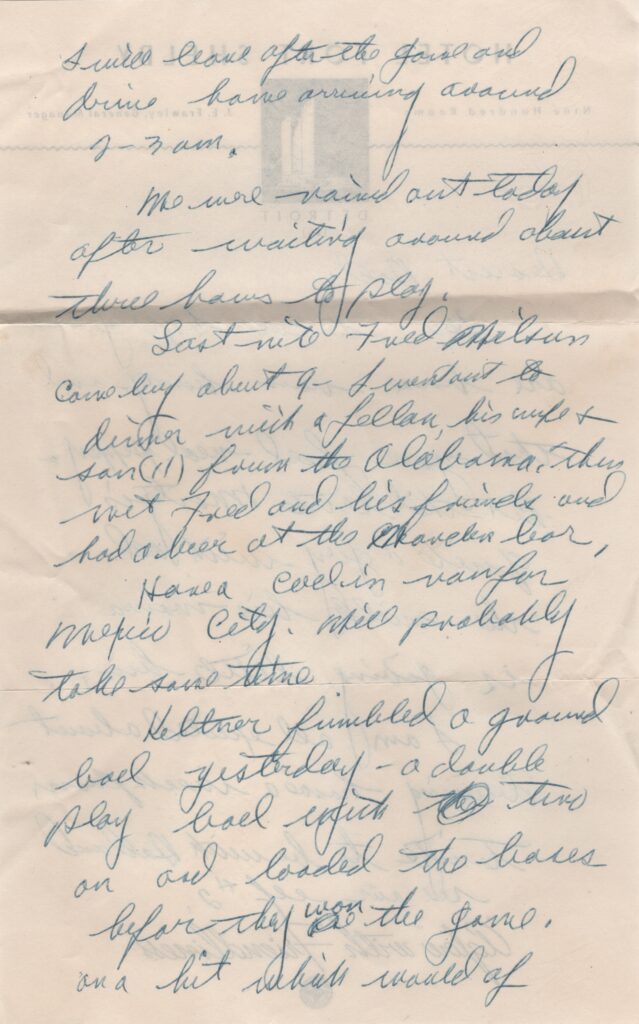
Bob Feller wrote that he wishes manager Boudreau "would not be so jittery"
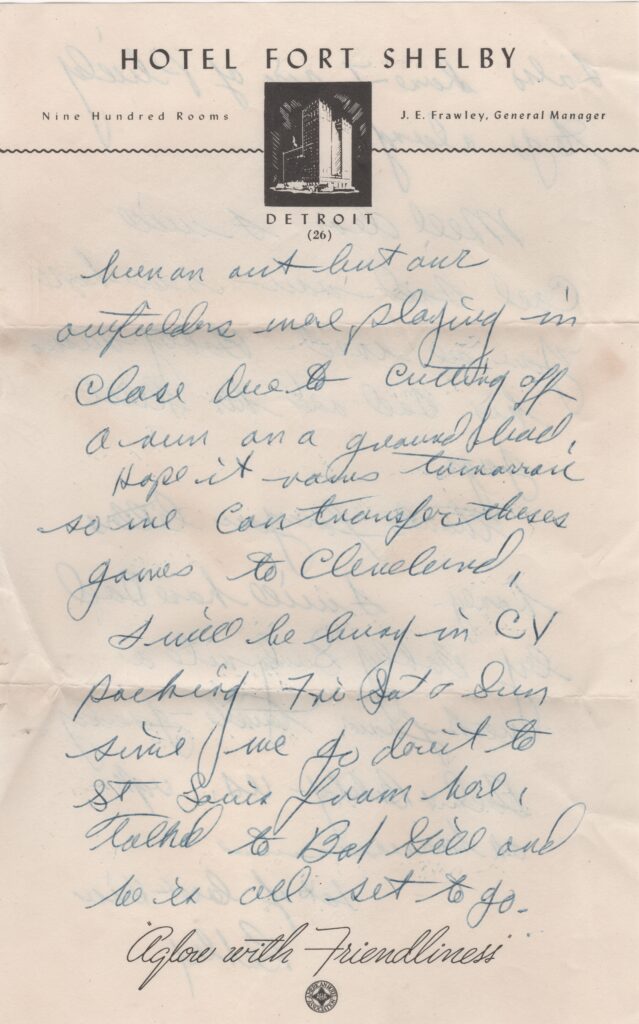
Bob Feller's 101 wins with Boudreau were the most for any of the 5 managers he played for
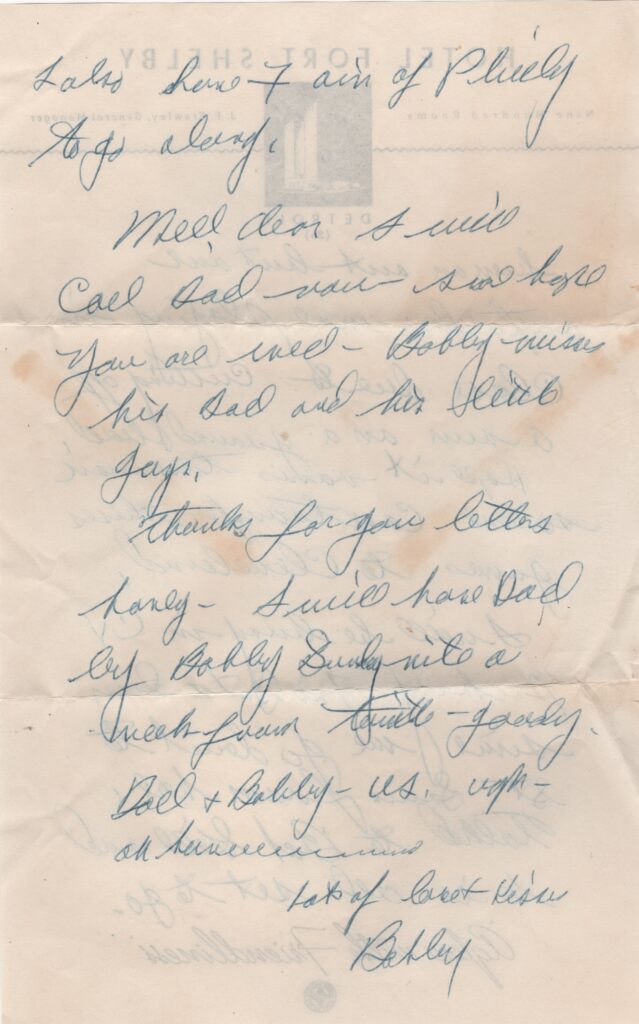
Feller was away at WWII for Boudreau's first three seasons as Cleveland skipper
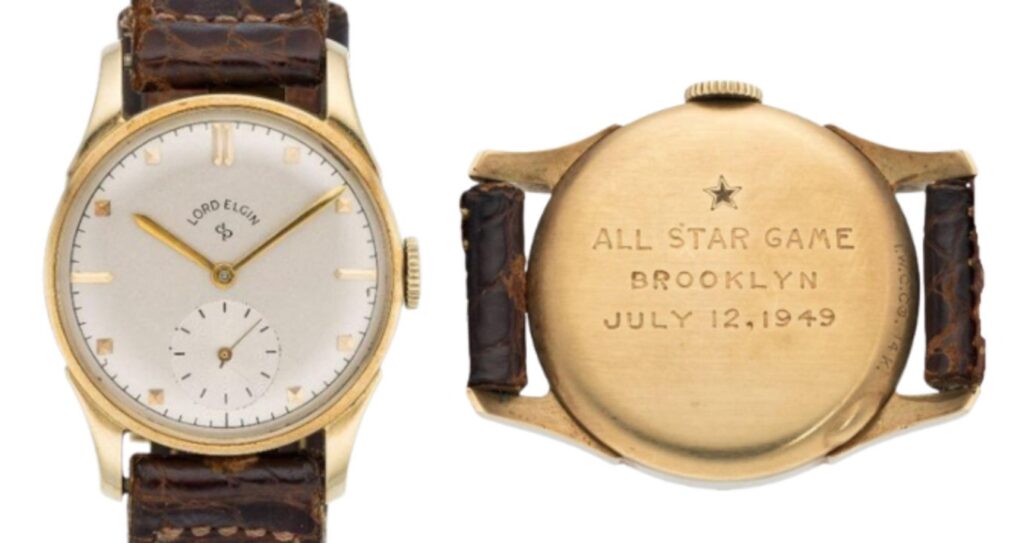
In his only All Star game as a manager Boudreau guided the AL to an 11-7 victory

Boudreau managerial career includes 1,162 wins and 1,224 losses
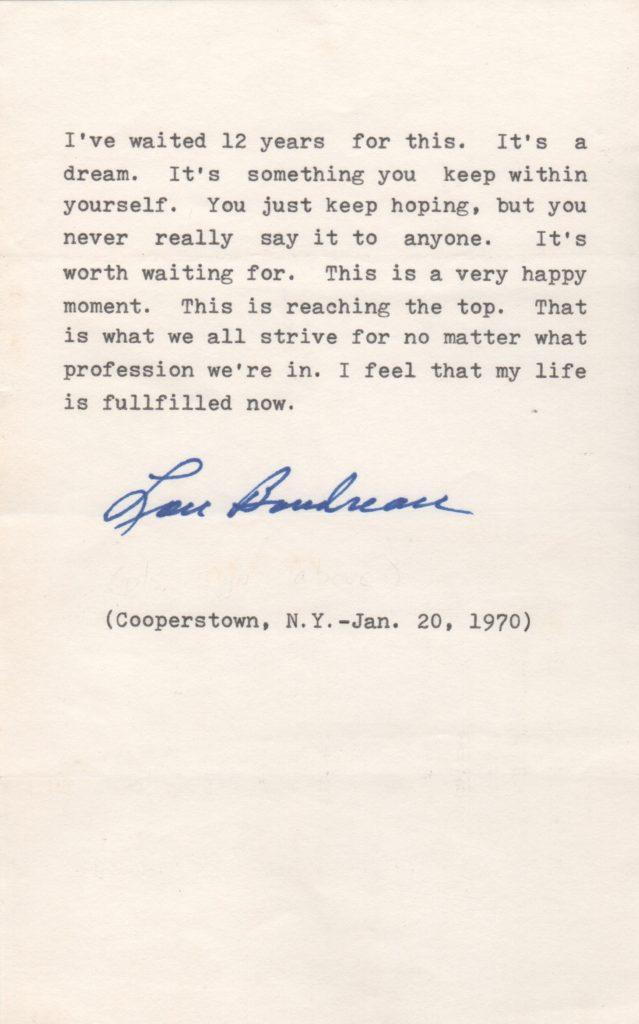
Lou Boudreau got news of his election to Cooperstown on January 20, 1970
